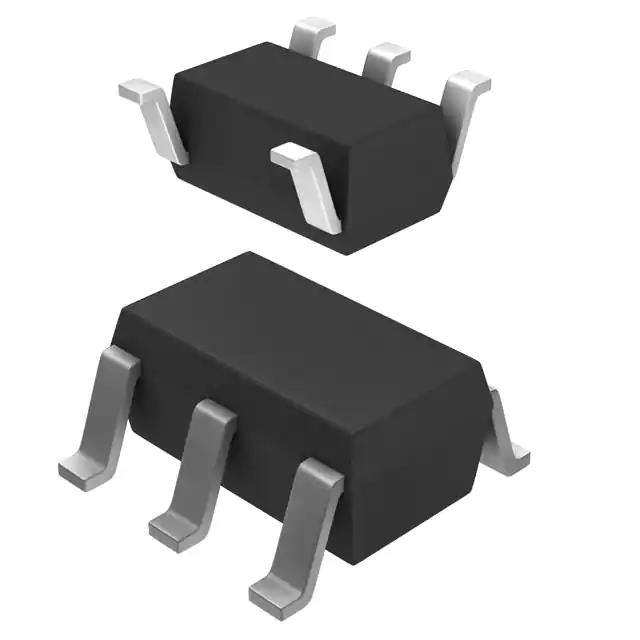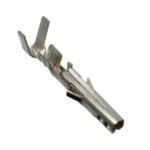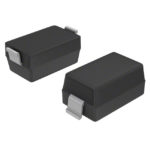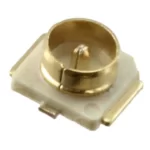Everything You Need to Know about Bridge Rectifier Diodes
What is meant by Diode?
- It has a two-terminal electronic component with a single direction of electrical conductivity. Diodes protect circuits by limiting voltage. They can also convert from alternating current to direct current. Semiconductors like germanium and silicon are used to improve the performance of diodes.
- They both use different strategies to transmit power similarly. Each of their various sizes and forms has a specific function. They go by the name rectifier diodes as well. In one layer of the semiconductor, P-type material is doped, and in the other, N-type material is doped. These layers combine to produce the PN junction. It is the main parameter that the smart technology develops so much.
What are Bridge Rectifier Diodes?
It is a type of rectifier diode commonly used in electrical circuits to convert alternating current to direct current because they feature four diodes stacked in a bridge arrangement, bridge rectifiers can rectify AC signals with both positive and negative polarity. They are electronic parts that only let electricity flow in one way, blocking it in the other. They frequently convert alternating current into direct current in the power supply.

How do Bridge Rectifier Diodes Work?
Bridge Rectifier Diodes, which are utilized in a wide range of electronic circuits, are constructed from four diodes placed in a bridge arrangement. A diode used to correct AC is known as a bridge rectifier diode. It is made up of four diodes that are connected by a bridge configuration. In the power supply, the bridge rectifier diode converts AC to DC.
The basic principle of Bridge Rectifier Diodes:
The half-wave rectifier wastes more than half of the input power. Furthermore, the half-wave rectifier’s output voltage or current is a pulsing DC rather than a pure DC, which is less advantageous. Diodes 1D and 3D are forward biased and admit current when an alternating current signal is delivered across the bridge rectifier, whereas diodes 2D and 4D are reverse biased and inhibit flow. The forward biased diodes 2D and 4D allow an electric current to flow during the -ive half cycle, whereas the reverse biased diodes 4D and 3D do not. The one-half cycle is permitted in a half-wave rectifier, but the second half cycle is forbidden.
Building Bridge Rectifier Diodes:
The bridge rectifier consists of the four diodes 1D, 2D, 3D, and 4D. The four diodes are connected in a closed-loop arrangement to properly convert AC to DC. This bridge circuit structure’s primary benefit is that it avoids the requirement for a pricey center-tapped transformer, lowering the price and shrinking the transformer size. Only two of the four diodes, 1D, 2D, 3D, and 4D, allow electric current during each half-cycle because they are connected in series. For instance, diodes 1D and 3D are seen as one pair that permits electric current, while diodes 2D and 4D are viewed as another pair that enables electric current during the input AC signal -ive half cycle. They both operate during the +ive half process of the input AC signal.
Features of a Bridge Rectifier Diodes:
Bridge Rectifier’s features include:
- Bridge Rectifier’s ripple factor
- Inverse voltage peak
- The Bridge Rectifier’s effectiveness
What is a bridge rectifier’s maximum efficiency?
Bridge Rectifier Diodes have a maximum rectifier efficiency of 81.2%. This kind of rectifier circuit is the most effective one compared to others. This rectifier employs four bridge-connected diodes, as the name would imply. The Bridge Rectifier is the name given to this rectifier. You must carefully consider your alternatives to choose from our wide range the options that best suit your preferences.
Advantages of Bridge Rectifier Diodes:
- The setup of this device is more pertinent because there aren’t any exclusive centered-tapped transformers. It aids in lowering the price and size of the apparatus.
- Compared to a half-wave rectifier, this full rectifier produces a smooth output.
- It can handle the +ive and -ive half cycles of the incoming AC signal. The half-wave rectifier only controls one half of the AC signal while blocking the other because this characteristic is absent.
- Its efficiency surpasses that of a half rectifier. To put it another way, a bridge rectifier creates fewer ripples than a half rectifier. A half-wave rectifier only allows the one-half cycle of the input AC signal while blocking the other half process. As a result, roughly 50% of the applied input power is lost.
- They are frequently utilized in power supplies to deliver the required DC voltage for electrical components or devices.
- The Bridge Rectifier Diodes allow electrical current to flow through the input AC signals +ve and -ve half cycles through them. The power of the input AC and output DC is hence approximately equal.
Conclusion:
The best method to convert Ac into DC is with Bridge Rectifier Diodes. We offer a speedy delivery service to our customers. You’ll be happy with your purchase if you use our website. Don’t pass up this versatile offer. In response to your demands, BOMZON offers you a wonderful and reasonably priced. So don’t let this wonderful chance pass you by. The product you select is a wise investment. These were developed in response to market needs of a high caliber globally. Our primary goal is to help our clients locate the rectifiers. Our consumers’ needs are our first concern. It is beneficial to utilize in a variety of settings. We want to be there for our consumers for the rest of their lives. Therefore, we frequently help people in this way. Because of constant innovation processes, advancements in design and expertise, and ongoing learning in the service delivery fields, we continue to endeavour to generate value and offer clients services that better value. You have located the ideal spot; we searched all around and discovered it. Purchase them now to reap the advantages of this incredible diode technology! Please do not hesitate to get in touch with us.


